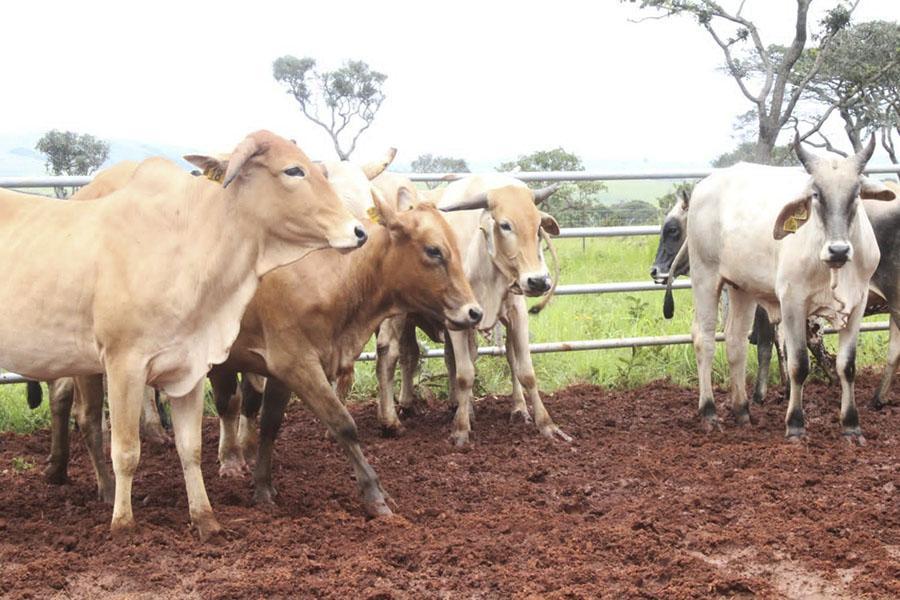Africa-Press – Angola. Nine hundred thousand dollars (one dollar is worth kz 829.19) were invested, in 2023, in raising cattle and goats on the Camabatela Plateau, using animal insemination technology, an investment by the Spanish company Incatema.
The project, installed on an area of 880 hectares, will also produce vegetables and fruits.
The person responsible for the farm’s exploration area, Tiago Costa Pereira, informed that the investment aims to produce meat.
The project began in June 2023 and is expected to be a model for animal breeders on the Camabatela Plateau, with the introduction of new techniques and working methods to boost livestock and agriculture in the region.
The farm also has treatment zones and other technologies for the reproduction and treatment of animals, such as genetic improvement, in order to make production more efficient and profitable.
The initiative expects to reach, over the next five years, six thousand head of cattle and, this year, 500 goats.
Currently the farm has 302 cattle and 100 goats.
In addition to the infrastructure for animal husbandry, 70 irrigated hectares are being prepared for the cultivation of Arabica coffee, 300 hectares for bananas, 100 hectares for corn, soybeans and vegetables.
The farm also has a dam measuring two kilometers and 200 meters long and 23 workers.
Tiago Costa Pereira highlighted the strengths of the Camabatela Plateau, which has arable and fertile land and a mild climate for agriculture, stressing that it could be further explored.
The Minister of Agriculture and Forestry, António de Assis, visited the infrastructure on Wednesday, to check its conditions.
The minister was satisfied with the conditions of the farm and hopes that projects of this kind will be replicated throughout the country, in accordance with the objectives of the Angolan Executive.
António de Assiz was accompanied by the governor of Cuanza Norte, João Diogo Gaspar, and several technicians from the Ministry of Agriculture and Forestry.
The Camabatela Plateau, includes the provinces of Cuanza-Norte, Malanje and Uíge, and was responsible for supplying 60 percent of the beef consumed throughout the northern region of Angola, before independence in 1975.
For More News And Analysis About Angola Follow Africa-Press






